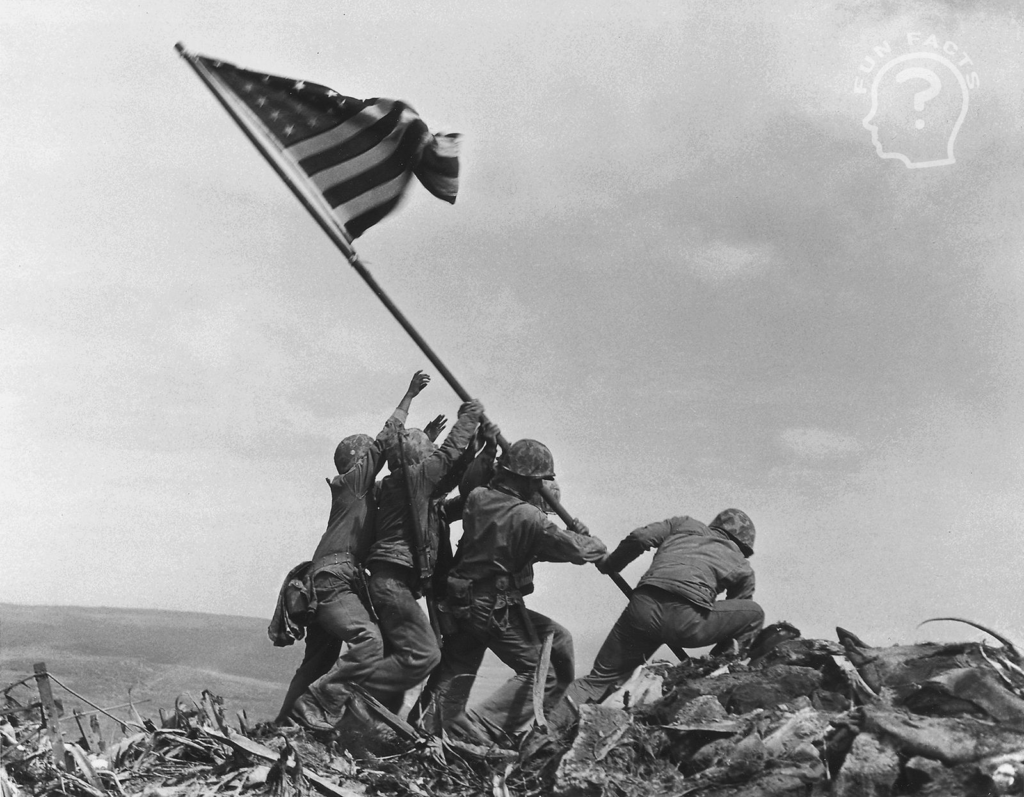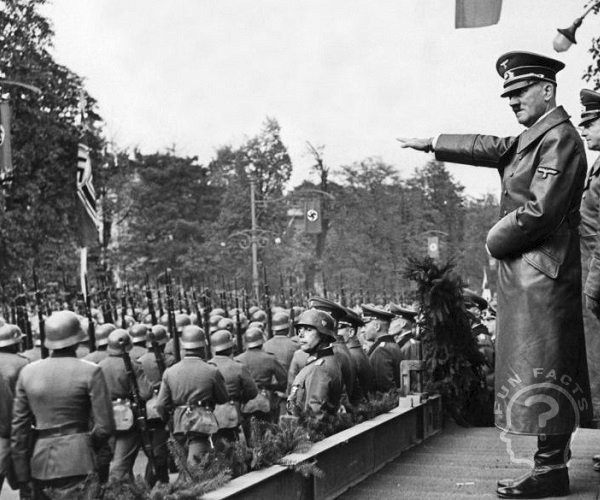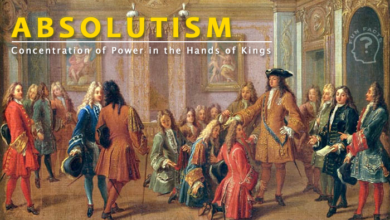The Second World War was a catastrophic event that claimed millions of lives and had far-reaching consequences for the world. From 1939 to 1945, nearly every major nation on the planet was drawn into the conflict, resulting in widespread devastation and significant geopolitical shifts. In the following article, we will examine the causes, conflicts, and consequences of this momentous period in human history.

Causes
The causes of the Second World War are numerous and intricate. Among the significant factors are the inability of the Treaty of Versailles to establish a sustainable peace following the First World War, the ascent of fascist governments in Europe, and the belligerence of Nazi Germany under the rule of Adolf Hitler. The attack on Poland by Germany in 1939 is widely regarded as the trigger that set off the war.
Conflicts
The Second World War was a vast and complex conflict that took place across several major theaters of conflict, including Europe, Africa, Asia, and the Pacific. Throughout the course of the war, there were many significant battles and events, such as the Battle of Stalingrad, the Normandy landings, the bombing of Pearl Harbor, and the dropping of atomic bombs on Hiroshima and Nagasaki. Ultimately, the war came to a close with the unconditional surrender of Germany and Japan in 1945.
Consequences
The consequences of the Second World War were far-reaching and profound. In addition to the millions of lives lost, the war led to the displacement of millions of people and the destruction of entire cities.
The war led to geopolitical changes, including US and USSR emergence as superpowers, UN creation, Israel establishment, new technologies, and the start of the Cold War.
Causes and Outbreak of WWII
The causes of World War II were complex and multifaceted, stemming from the economic, political, and social upheavals of the interwar period. The Treaty of Versailles, which ended World War I, placed severe economic burdens on Germany and fueled resentment among its people. Additionally, the rise of totalitarian regimes in Europe, such as Nazi Germany and Fascist Italy, threatened the stability of the region.
On September 1, 1939, Germany invaded Poland, prompting Britain and France to declare war on Germany. This marked the beginning of World War II.
Major Battles and Turning Points
World War II was fought on multiple fronts, including Europe, Africa, and Asia. The war’s major battles included the Battle of Stalingrad, the Battle of Midway, and the D-Day invasion of Normandy.
The war’s turning point came in 1942-1943, with the Soviet Union’s defeat of the Germans at Stalingrad and the Allied victory in North Africa. The Allies gained momentum in Europe and eventually invaded Italy and Germany. Meanwhile, the United States dropped atomic bombs on the Japanese cities of Hiroshima and Nagasaki, leading to Japan’s surrender and the end of the war in the Pacific.
Consequences and Legacy
World War II was one of the deadliest conflicts in human history, resulting in the deaths of over 70 million people. The war reshaped the geopolitical landscape of the world, leading to the rise of the United States and the Soviet Union as superpowers and the formation of the United Nations.
The war also had significant social and cultural consequences, including the Holocaust, the persecution of minorities, and the displacement of millions of people. Additionally, the war led to advancements in technology, such as radar and jet engines, and inspired scientific and medical breakthroughs, including the discovery of penicillin.
Understanding the legacy of World War II is crucial for comprehending the modern world’s political, social, and economic structures.
The War in Europe

In September 1939, following Germany’s invasion of Poland, Britain and France responded by declaring war on Germany. The initial conflict proved to be disastrous for Poland, as the German army was able to swiftly and effectively overpower their military forces. Soon after, Germany set its sights on invading other countries, such as Denmark, Norway, Belgium, Luxembourg, and the Netherlands.
As the war continued to escalate, Germany’s military dominance became more apparent. In May 1940, Germany launched a surprise attack on France, quickly and decisively defeating the French army. The French government was forced to surrender, resulting in the occupation of northern France by German forces, while a collaborationist government in Vichy was established to control the southern portion of the country.
Despite early victories by Germany, the war would continue to drag on for several more years, with both sides engaging in brutal and devastating conflicts across Europe and beyond. The events of World War II would ultimately shape the course of history, leaving a lasting impact on the world as we know it today.
The Battle of Britain
n the summer of 1940, Germany launched a massive air campaign against Britain, seeking to gain control of the skies over the English Channel in preparation for a planned invasion. Despite facing overwhelming odds, the Royal Air Force (RAF) mounted a fierce defense, using their courage and skill to fight back. In October of that year, Hitler decided to call off the invasion plans, marking a significant turning point in the war. By understanding this critical moment in the conflict, we can gain a deeper appreciation for the bravery and determination of those who fought to defend their country.
The War in Africa and the Mediterranean
In North Africa, German General Erwin Rommel led the Afrika Korps in a series of battles against British and Commonwealth forces.
In 1942, the British defeated Rommel’s forces in the Battle of El Alamein, a major turning point in the war in North Africa.
Meanwhile, Allied forces invaded Sicily in July 1943, and then Italy in September, leading to the overthrow of Italian dictator Benito Mussolini.
The War in Asia and the Pacific
Japan, which had allied with Germany and Italy, began its own campaign of expansion in the Pacific, attacking the United States naval base at Pearl Harbor, Hawaii, in December 1941.
The United States and its allies fought back fiercely, engaging in brutal battles on islands such as Guadalcanal, Iwo Jima, and Okinawa.
The turning point in the war in the Pacific came in June 1942, when the United States defeated Japan in the Battle of Midway, destroying four Japanese aircraft carriers and severely weakening Japan’s naval capabilities.
The End of the War
By 1944, the Allies had gained the upper hand in Europe, and in June of that year, they launched the D-Day invasion of Normandy, France. The Allies gradually pushed the Germans back, and in April 1945, Soviet troops captured Berlin. On May 8, 1945, Germany officially surrendered, and the war in Europe was over.
On the Pacific front, the war persisted until August 15, 1945, when Japan surrendered after atomic bombs devastated the cities of Hiroshima and Nagasaki. Thus, millions of lives lost and a forever altered history marked the end of World War II.

Conclusion
The Second World War, being a pivotal moment in world history, had a profound impact on the course of the 20th century and beyond. Therefore, understanding the causes, conflicts, and consequences of the war is crucial. By doing so, we can gain a deeper appreciation for the sacrifices made by those who fought in the war. Moreover, it highlights the significance of working towards lasting peace and stability in the world, considering the magnitude of devastation and loss of lives caused by the war.
Read also: The First World War: Causes, Conflicts, and Consequences



